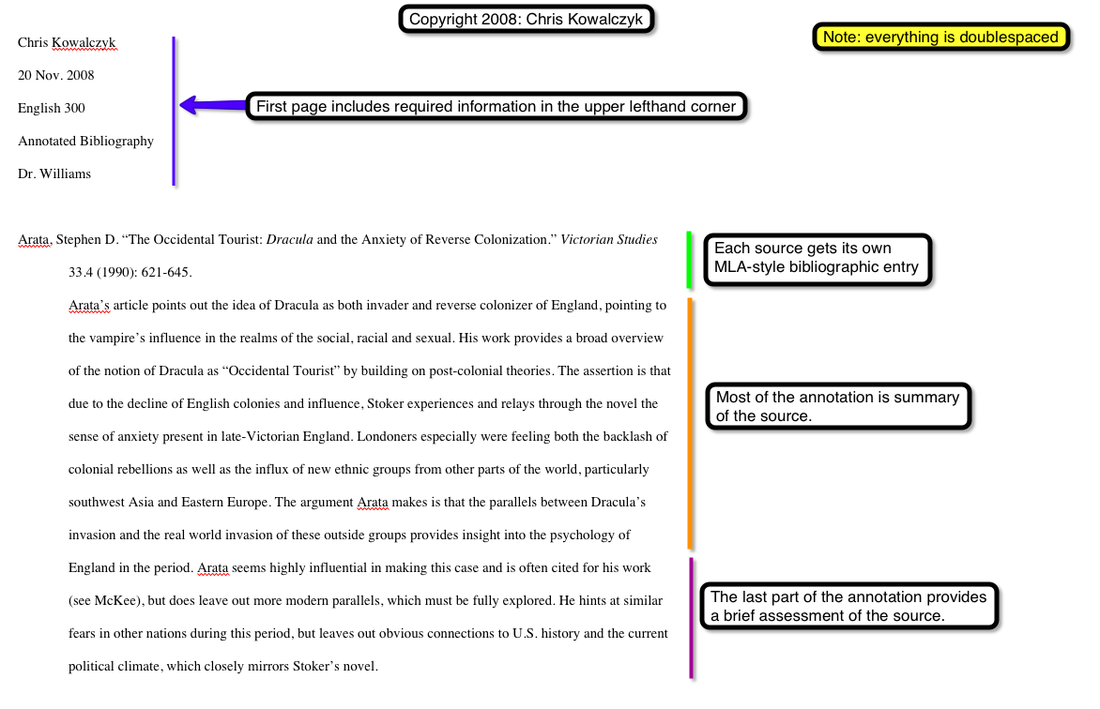This post is to link to my page in which I have a storyboard for my video mashup. It is not totally complete yet, as I am still adding and removing things, and some things that I am keeping, I am shortening or lengthening. The link to the storyboard is here, and if you wish to read the proposal of what my mashup is about, please read my proposal here. Shortly, there will also be a video that will be included on this weebly page, so please check back soon!
A video mashup is where an author takes multiple videos, images, and music, and combines them in order to get an idea across. For my YouTube video mashup, I chose to focus on the issue of politicians and how they will either resort to lying or 'flip-flopping' in order to gain approval and votes in the particular place where they are campaigning. If you are interested, please feel free to take a look at my Proposal page!
One thing that I do not like about papers is the Annotated Bibliography. If unfamiliar with what an Annotated Bibliography is, it's basically a Works Cited page, but with a brief summary as to what the source discusses. Here is a sample Annotated Bibliography (source): The main purpose of an Annotated Bibliography is to provide sources to the instructor so that they can verify their reliability and provide others that may be more helpful. I have had teachers more than once provide sources that I had no idea existed. Though they create more work for already stressed-out students, they can eventually lead to a better grade for the actual paper. And any time that we can get a better grade for a paper is a plus. Here are some more sources to help with creating an Annotated Bibliography: https://owl.english.purdue.edu/owl/resource/614/02/ https://owl.english.purdue.edu/owl/resource/614/03/ http://guides.library.cornell.edu/annotatedbibliography http://lib.calpoly.edu/research/guides/bibliography.html If you still need some help, here is a YouTube video that can give you a step-by-step how-to for an Annotated Bibliography: Everyone loves YouTube. After all, where else can you get obscure video clips of cats doing cute and funny things? Or videos that your favorite celebrity did from halfway around the world? It also allows for viewers to find things that may have been thought to be lost to time. There have been versions of The Phantom of the Opera that many "phans" thought were lost forever. Someone, somewhere, happened to have the version and uploaded and then, suddenly, it wasn't lost. Then, as Ebert mentions, there are loads of 'free' movies available on YouTube, though not always in one piece. You may have to watch the movie in 10-15 minute segments, but it's there. Ebert himself states that the list of videos he's seen (for 'free') includes No Country for Old Men, A.I., The Ring, and The Grudge (Chapter 2 of Ebert). Here is a video I found within 30 seconds of searching that includes the entirety of the 25th Anniversary of The Phantom of the Opera: Now, this video (as of this posting) was posted for free viewing, but it is certainly not supposed to be. What I want to know, however, is what you think. Do you think that it's okay for these types of videos to be posted online without charge? As a college student, free is awesome. Any time we don't have to pay, it's great. At the same time, these videos can be saved and downloaded with websites, so aren't they essentially the same thing as pirated videos? What do you think?
|

